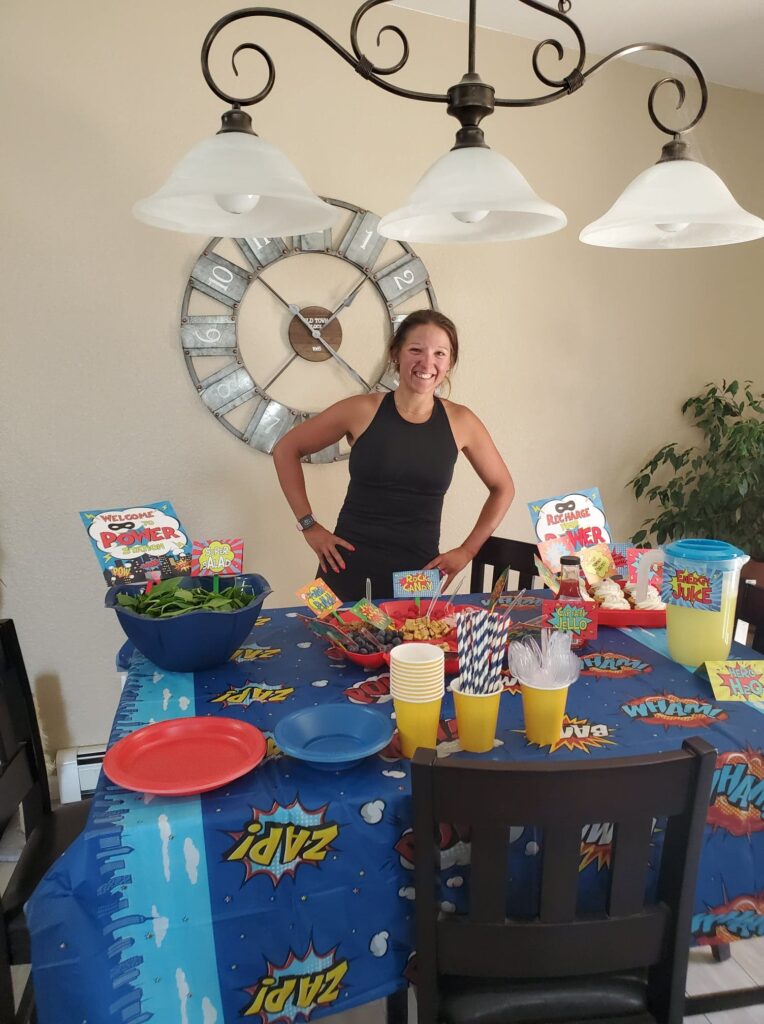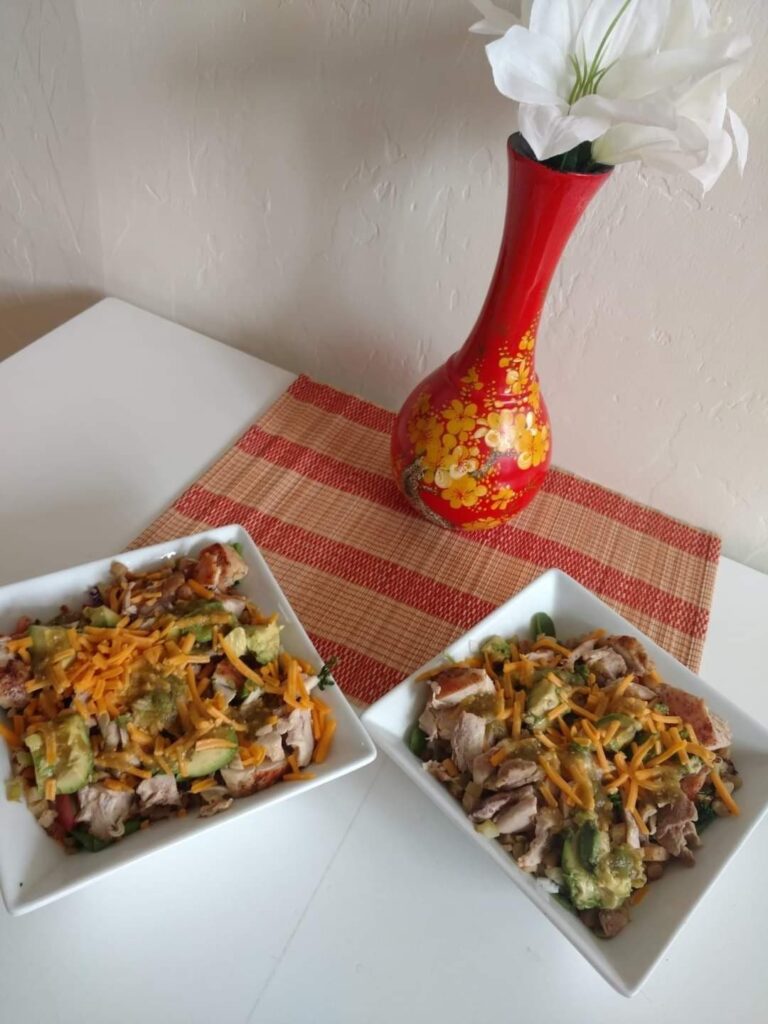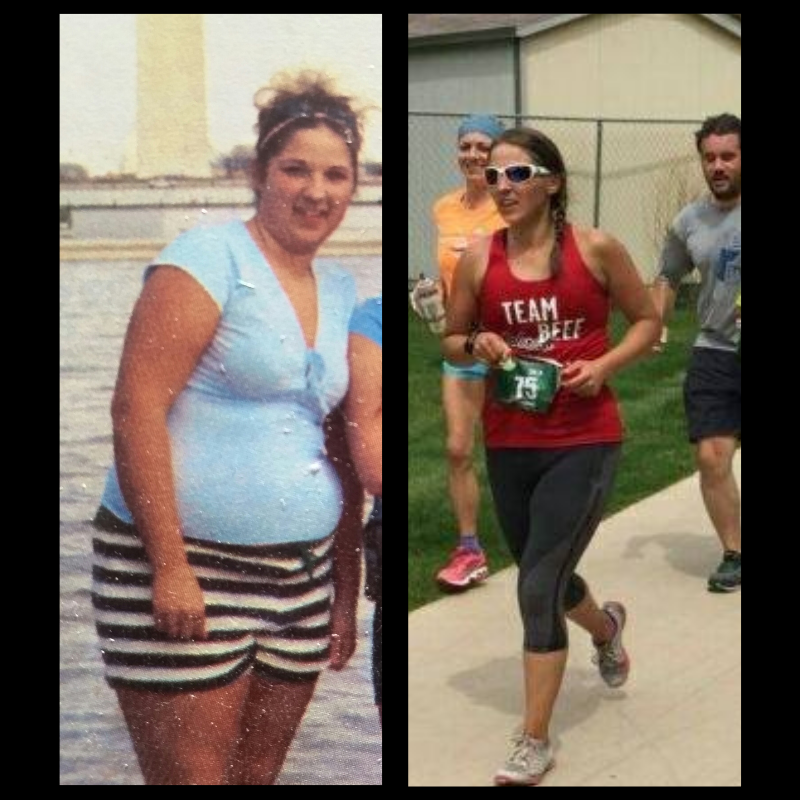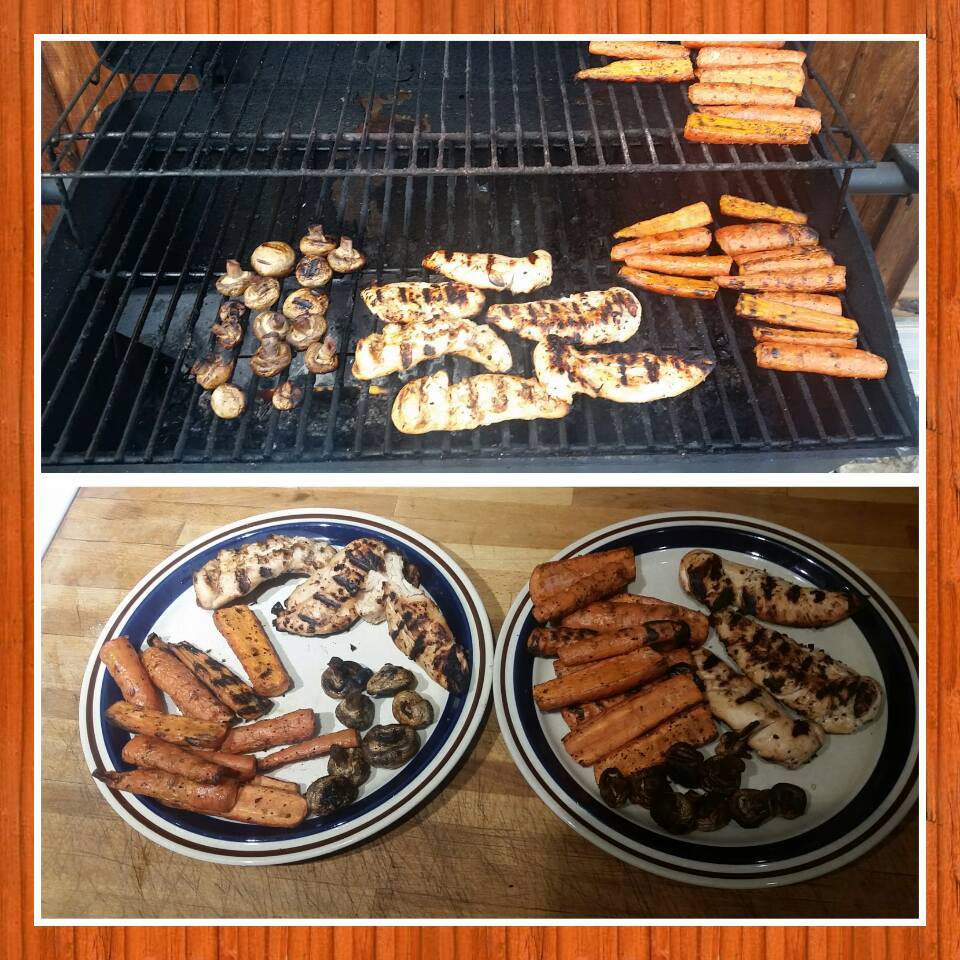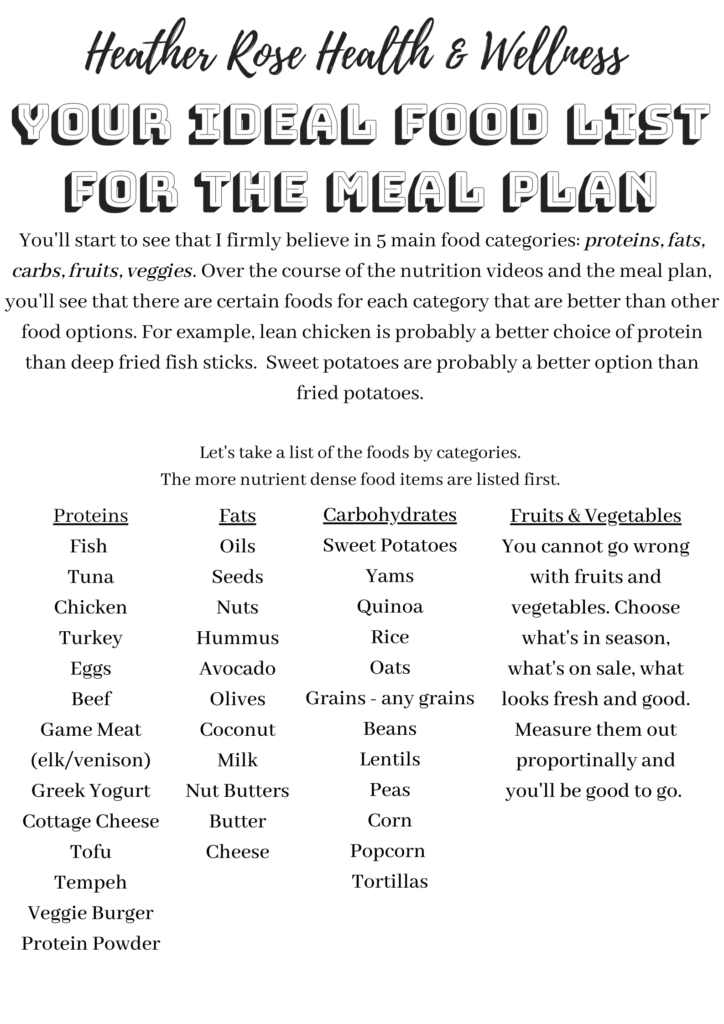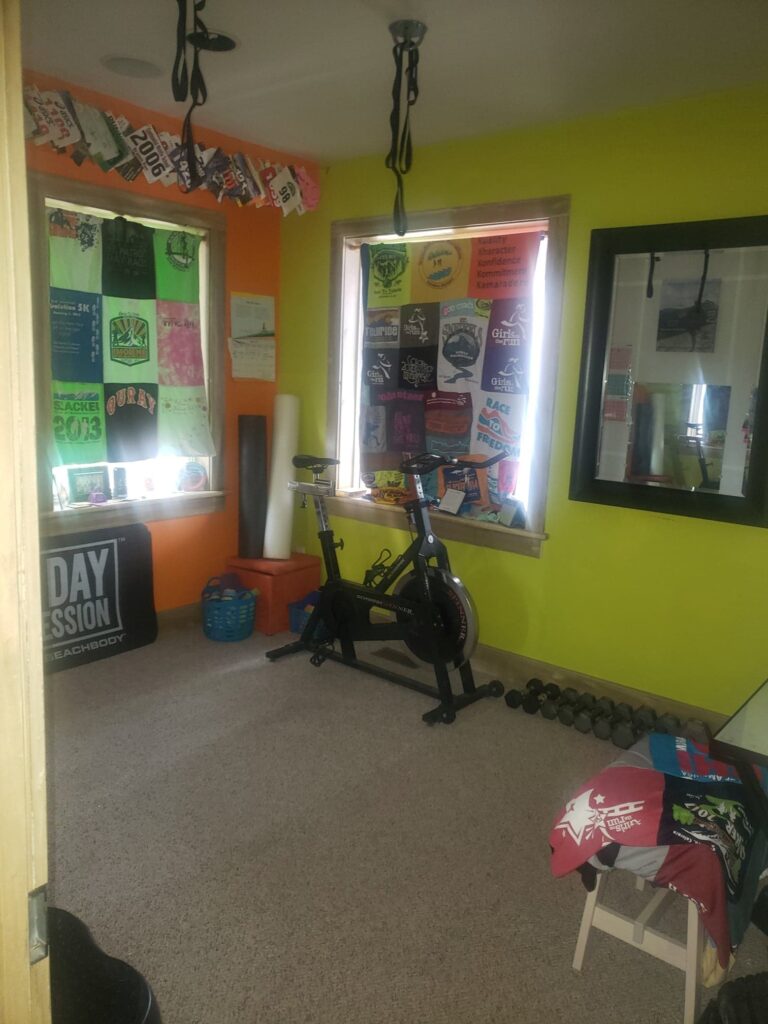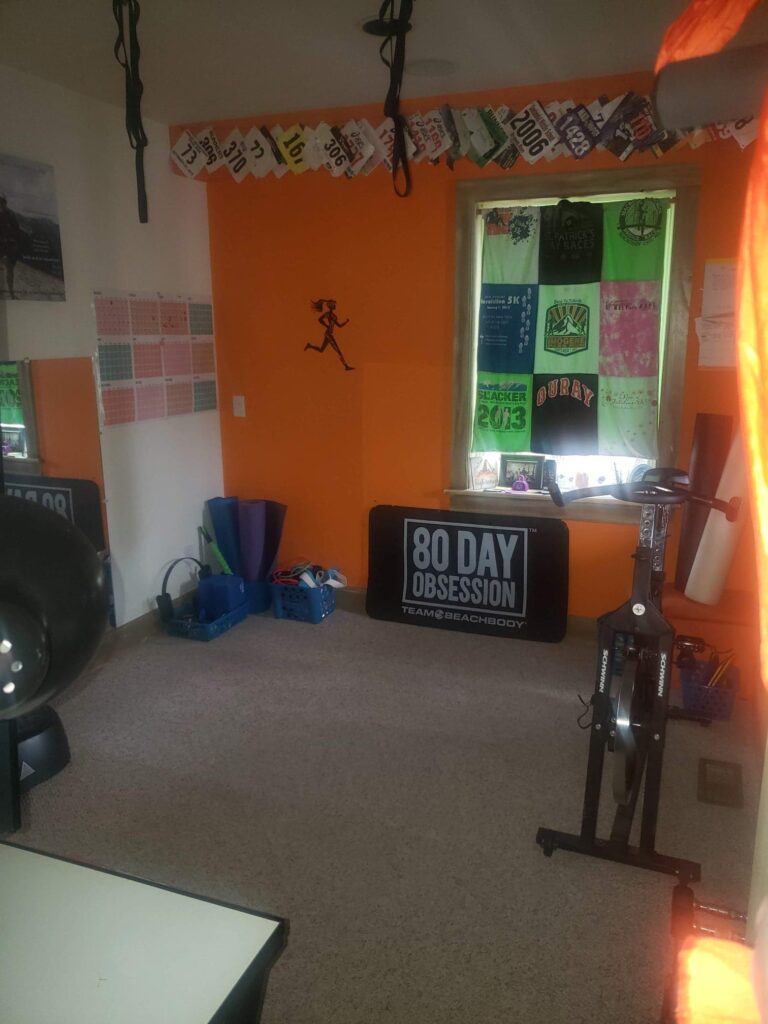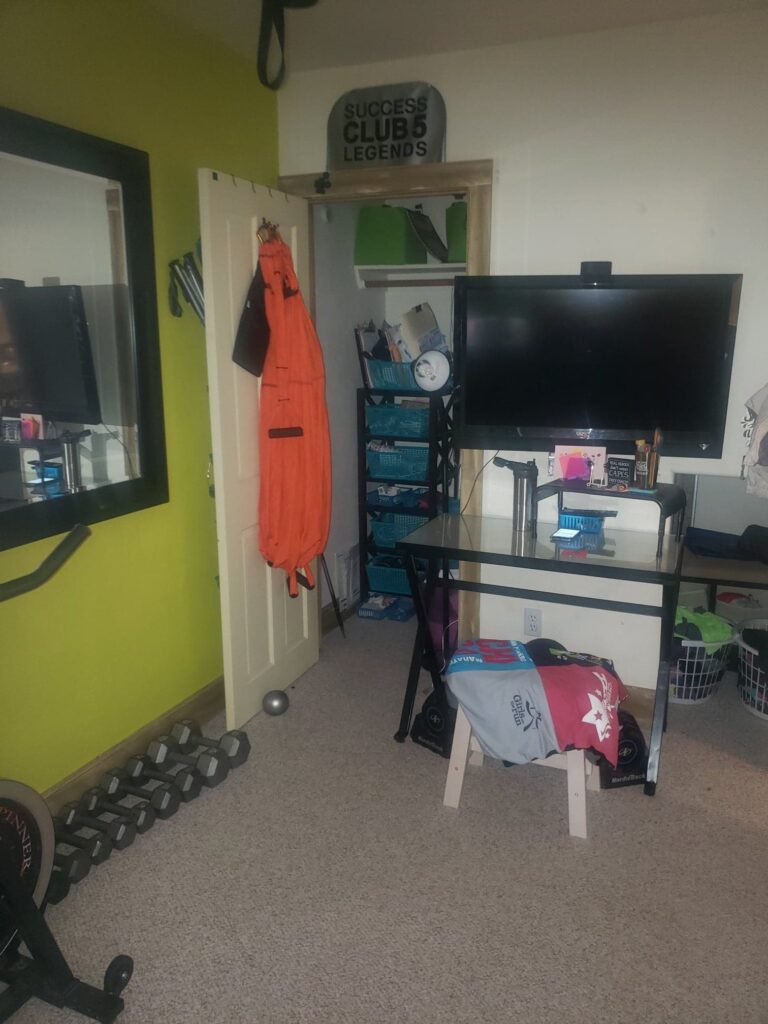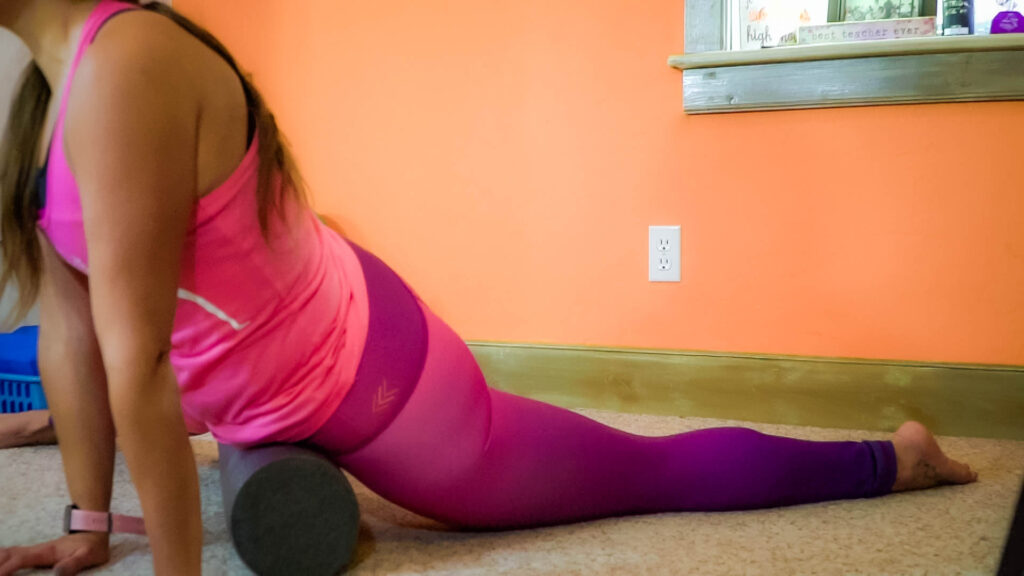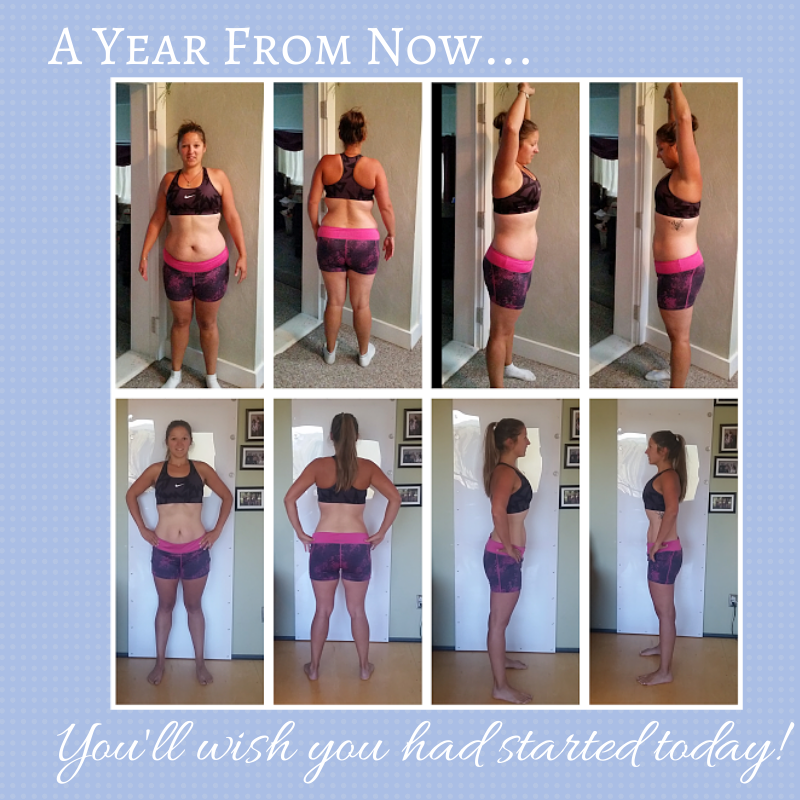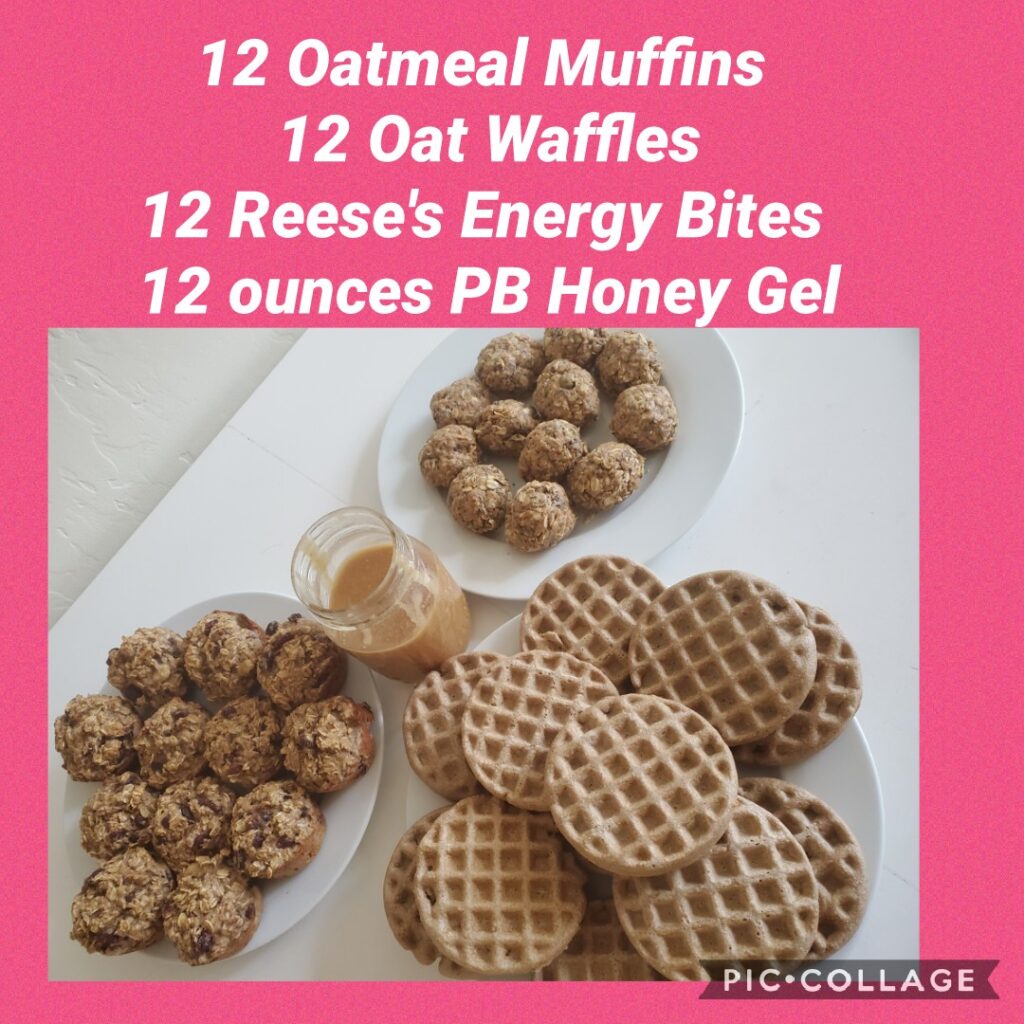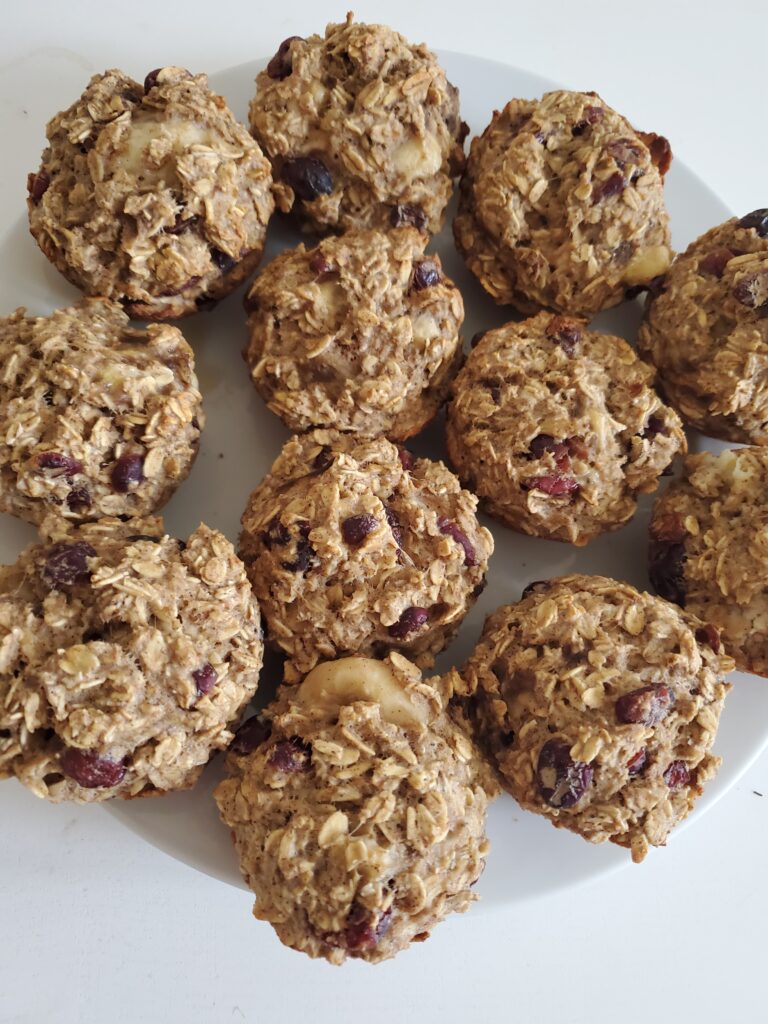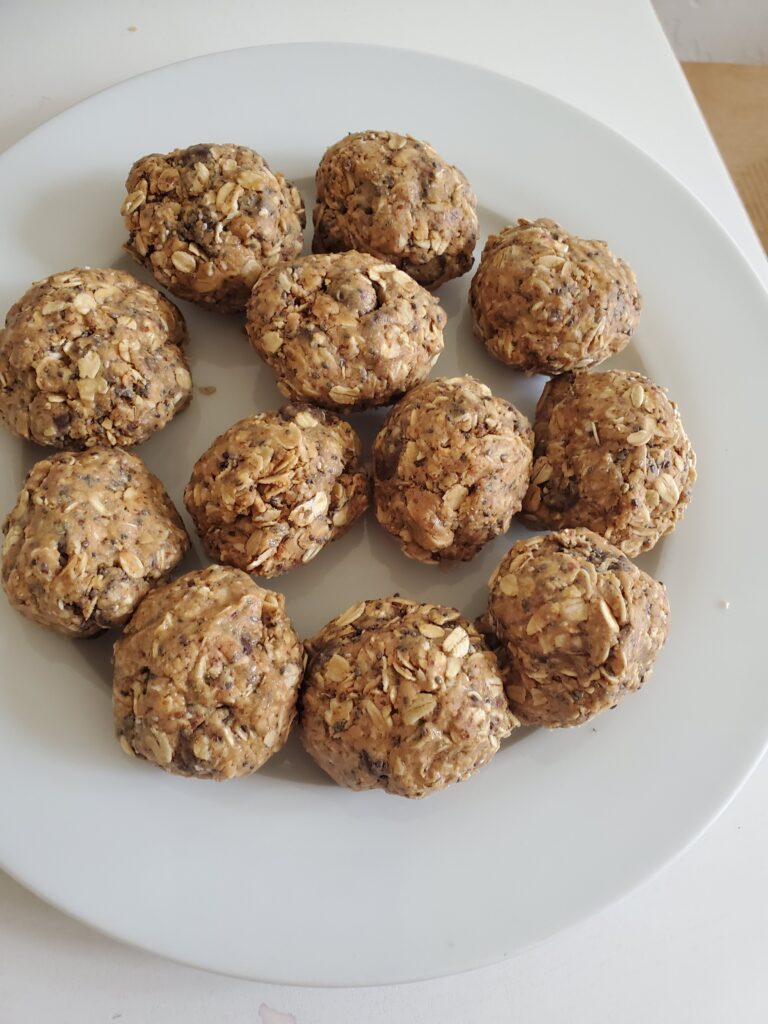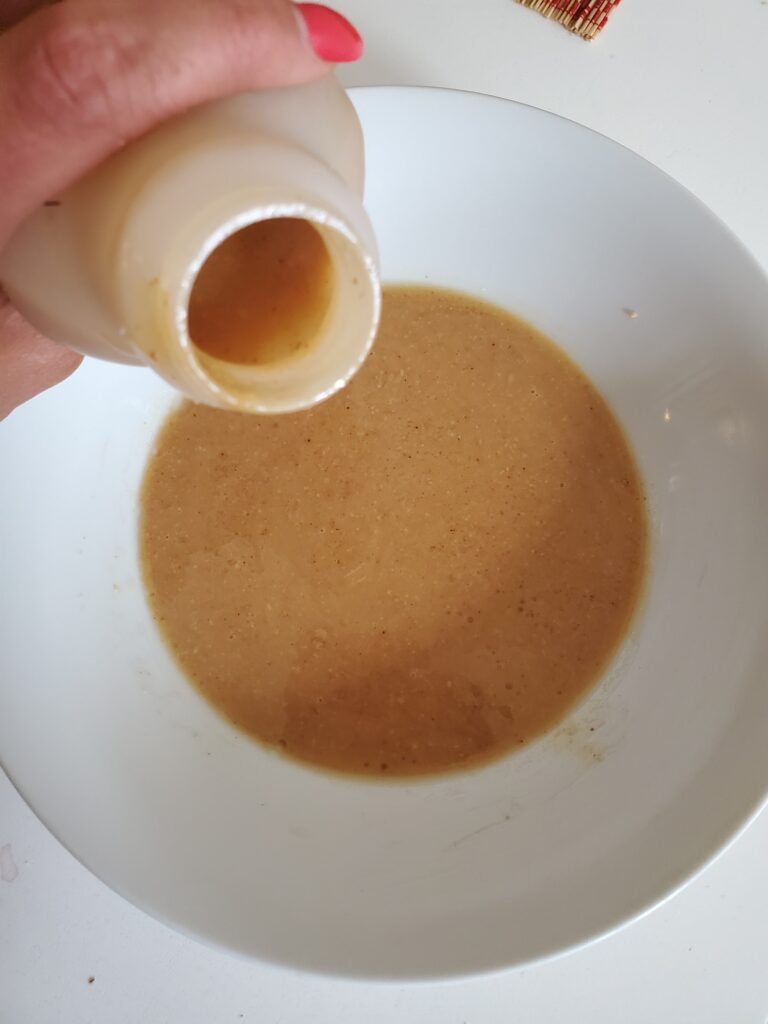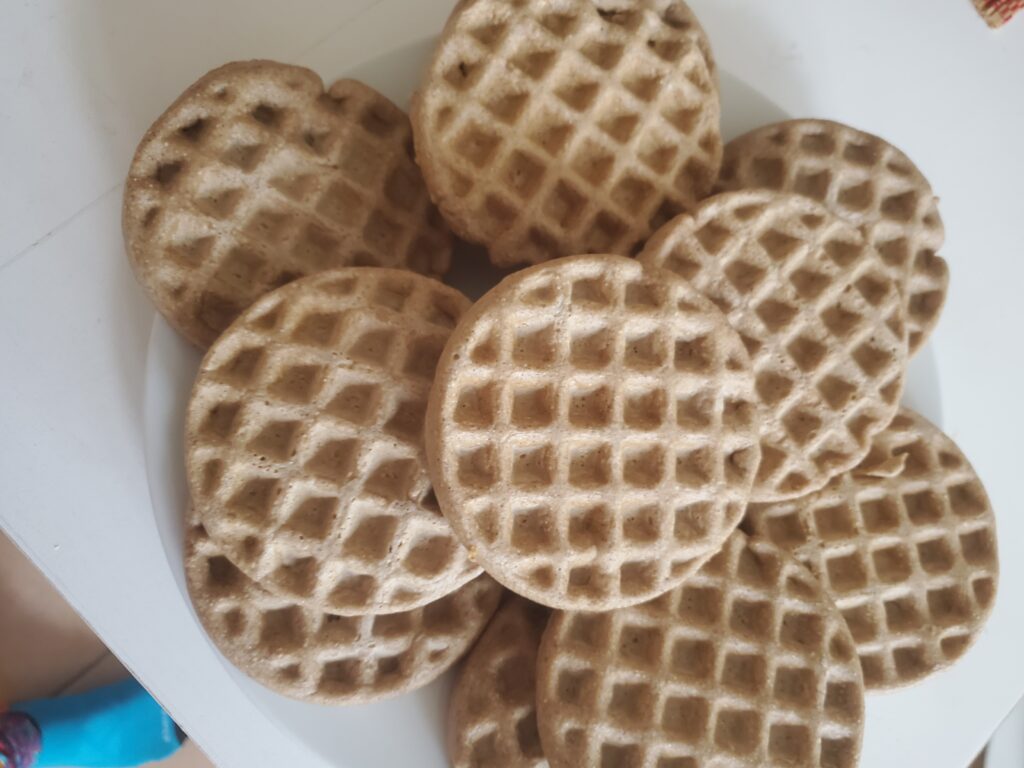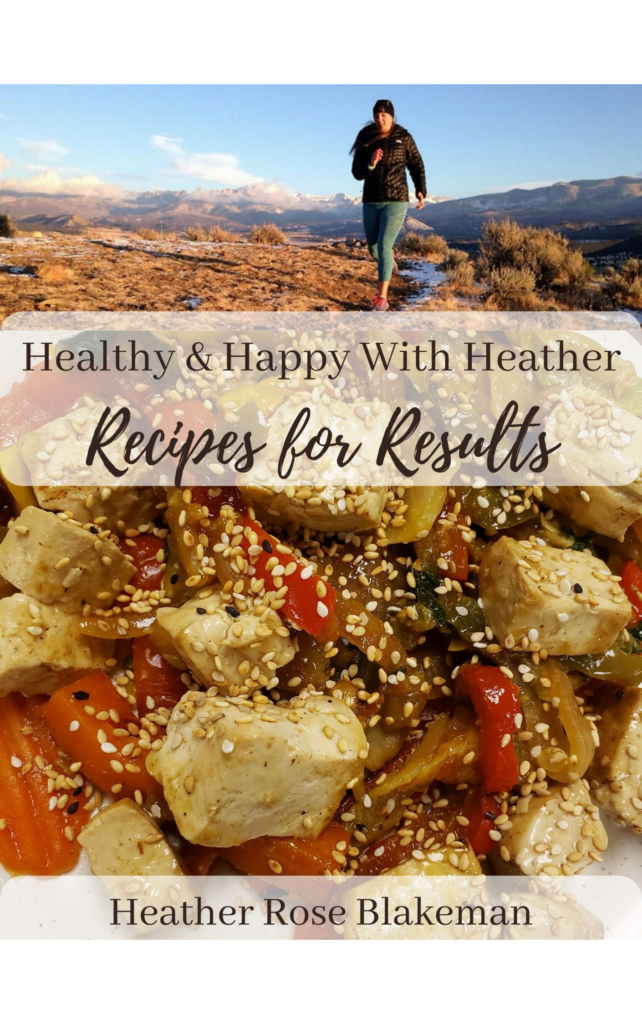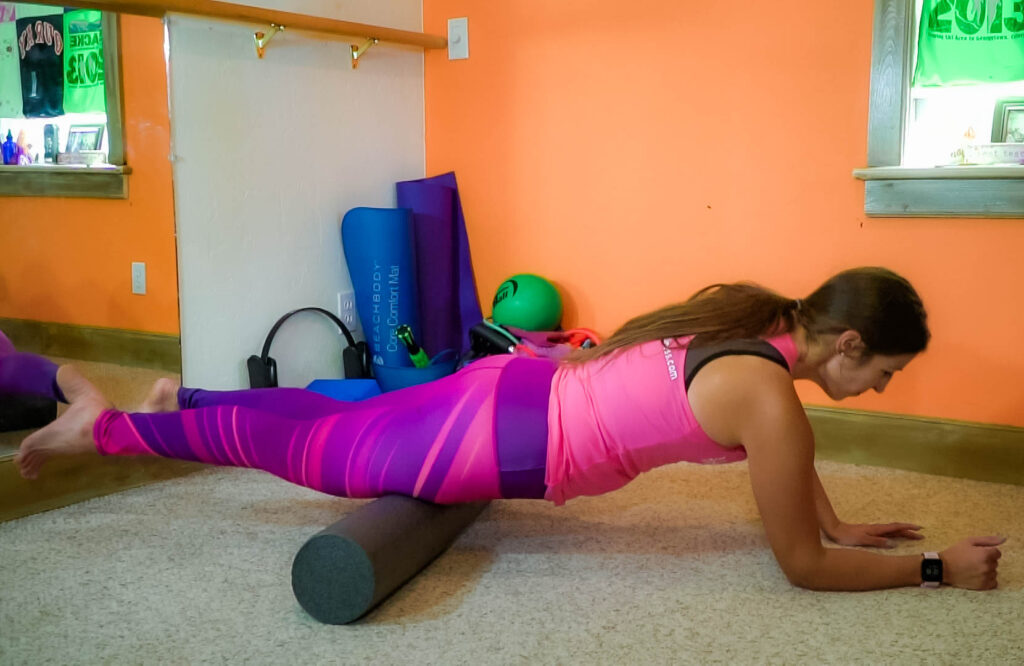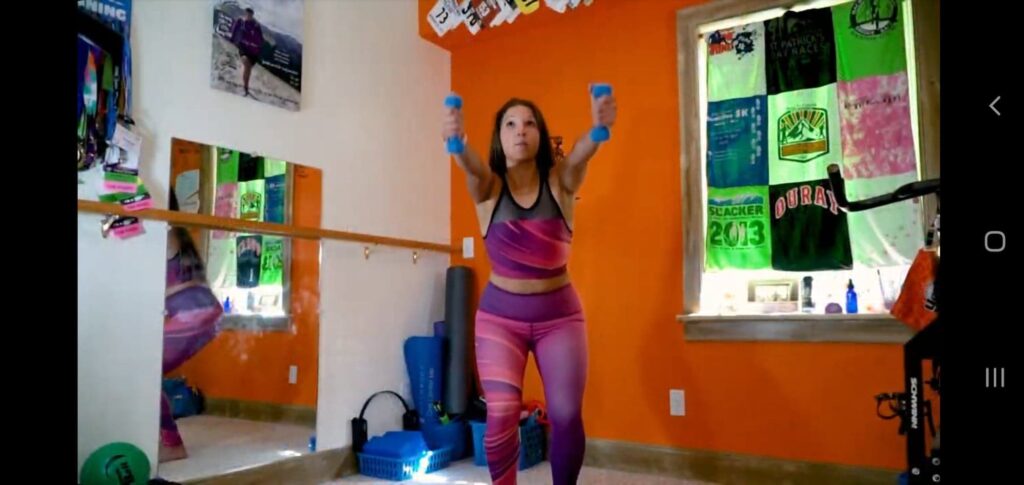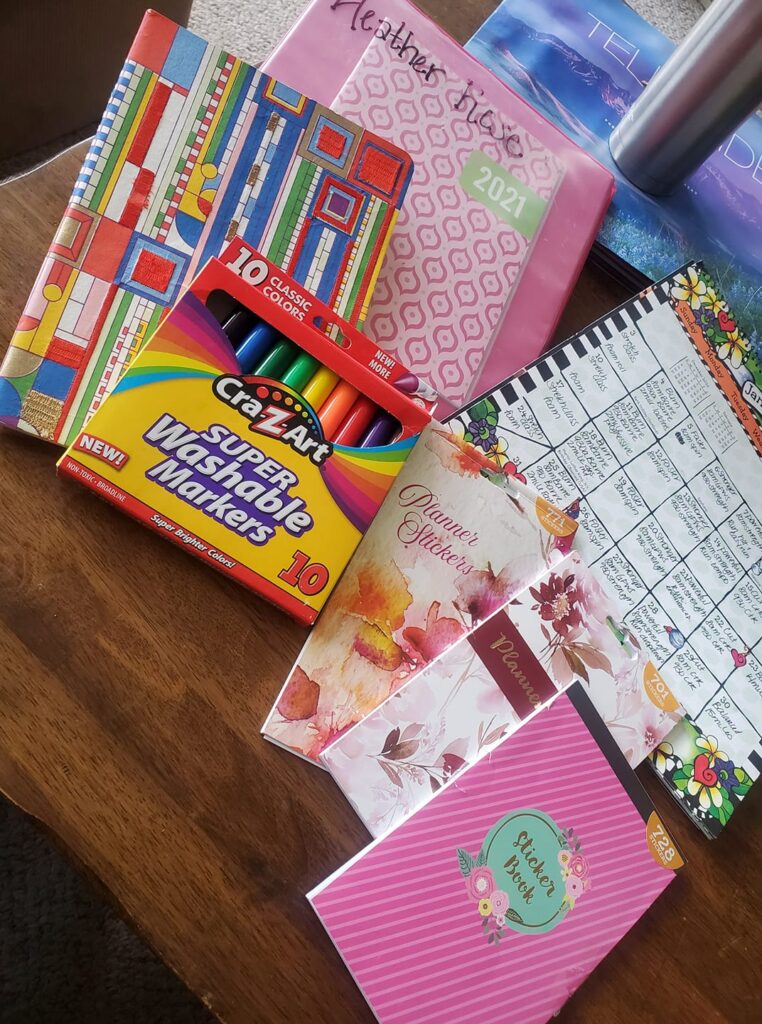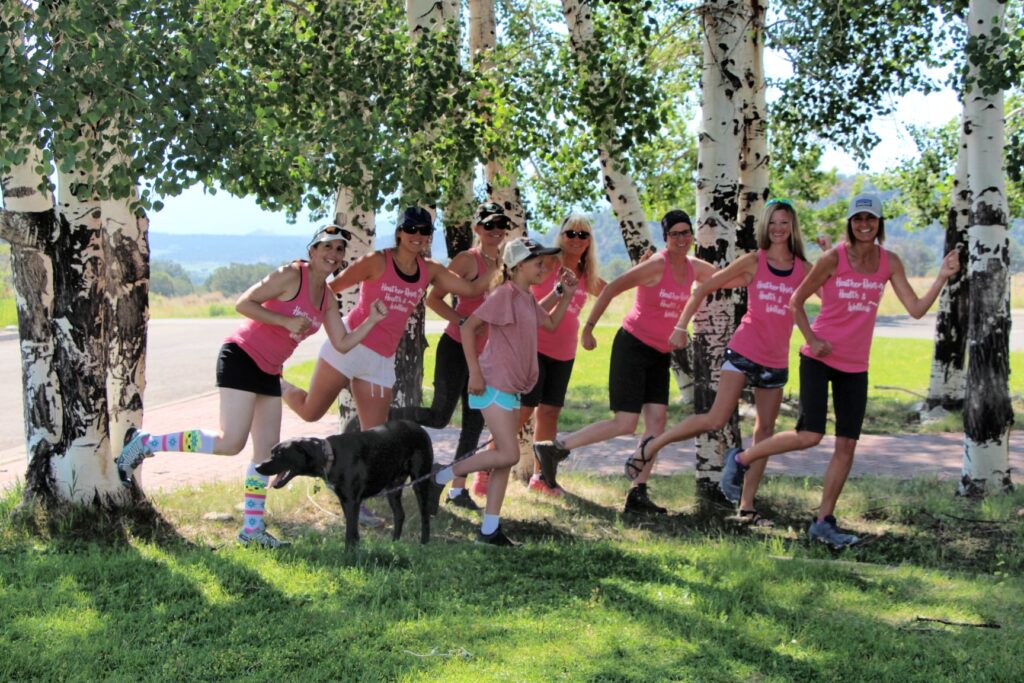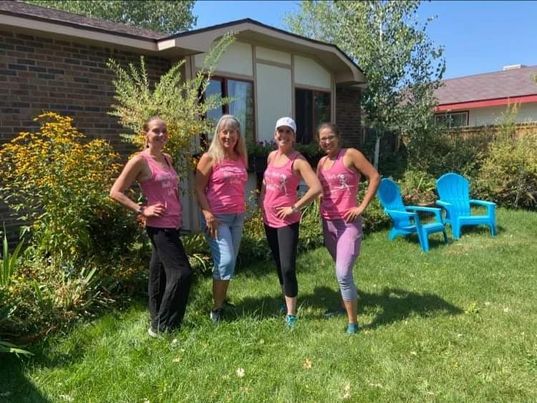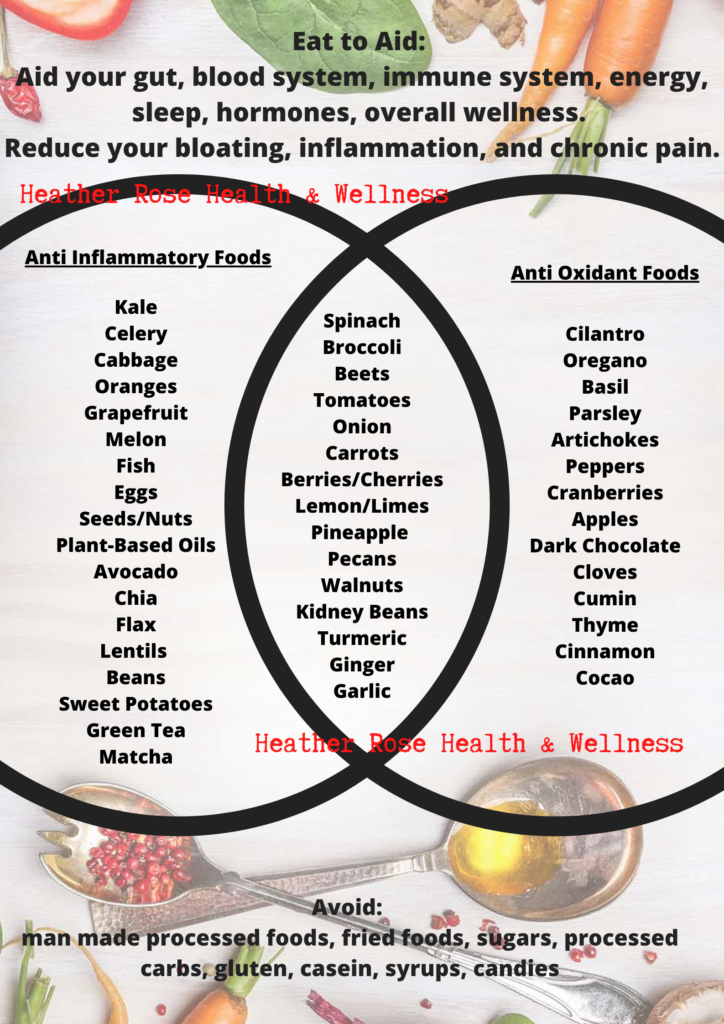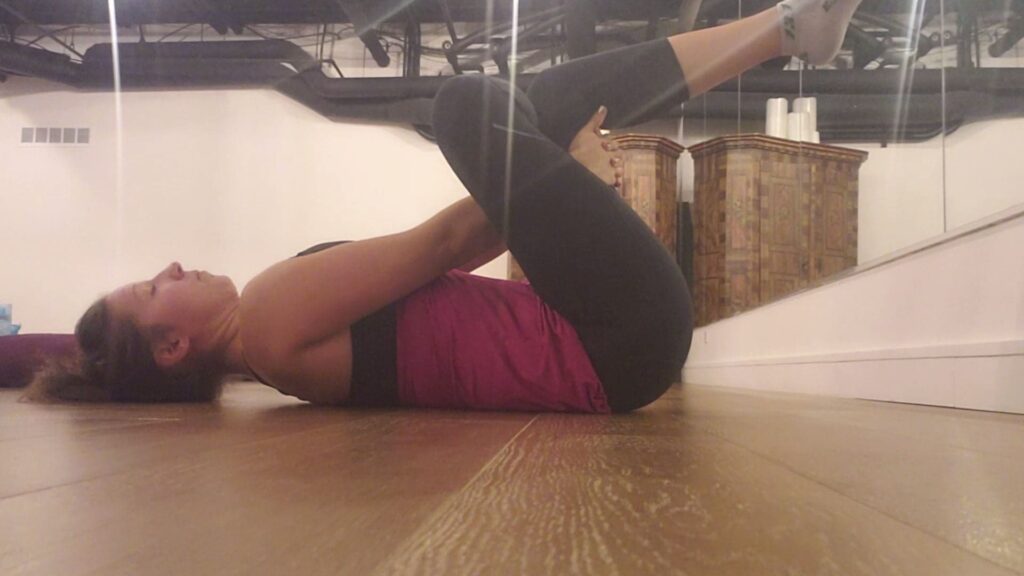After a full year of social distancing, physically isolating and completely changing our entire way of life and altering our norms, there is no doubt that one’s mental health and emotions are in question. Whether speaking in terms of emotions, depression, anxiety, nervousness and the feeling of the “unknown,” our mental wellbeing has changed over the past year. I say OUR, because I mean all of us: we, us, our. We are all in this together and not a single person is immune to the emotions that come into play during an entire universal change.
What I really want to talk about is the connection between our eating patterns and our emotion patterns. The question at stake really is: Is, what we eat, connected to the emotions (or lack there of emotions) that we feel?
The short answer is: YES, absolutely. No doubt.
The long answer – is this entire blog. The truth of the matter is that the food we feed ourselves is the building blocks of our entire body. These building blocks (food/nutrients) of our body determines how we are built – not just physically, but also mentally and emotionally. Our bodies are built from the inside out; every tissue on the inside of your body is affected by what is put into it. From your gut health, to your hormone health, food and nutrients play a part in who you are. No doubt, your hormone health plays a part in your levels of energy, fatigue, emotions, sleep, feelings and many more aspects of your mental health.
Furthermore, as I talk about hormone health – I am not just speaking about the women in their 20s,30s, 40s, 50s and beyond who experience body fluctuations. I am also speaking about how we feed our children, specifically our female children. Remember, what we put into our body is how our body is built. Thus, how we feed our female children from young ages is how their gut and hormone health is built. When I speak about the foods that help and harm our endocrine system, I am speaking about ALL AGES of well being here. I am very passionate about this! (Note: Any moms about there who have gone through the hormonal challenges and wouldn’t wish that on their daughters —– this blog will hopefully be a resource of hope.)
Over the recent decades, humans have referred to food as basic items of calories in, calories out. As food companies and factories have evolved, what we consume has literally become ITEMS that we should be embarrassed about: poptarts, granola bars, canned fruits, dried meats, frozen sandwiches, packaged burritos, frozen dinners in a box, rice cakes, pizzas from freezers, and so many other processed items. Sadly, food isn’t the nutrient dense farm to table health options that our country used to have. And, the myth of calories in versus calories out isn’t fully accurate. It is more about macros-nutrient calorie categories in (more about that later.)
Food has become more about convenience and cravings more than it has become about the health factor. Back to the idea of your body being built from the inside out and every tissue being affected. When we fail to provide our bodies the healthy and nutrient dense calories it needs, we are building a foundation more susceptible to disease. Most commonly, food related disease will manifest itself as obesity, diabetes, heart conditions, liver disease or many others. Less spoken about, and often debated about, food related disease can and will manifest as mental problems, depression, anxiety, nervousness. These are overall wellness diseases that are taking place in today’s society, and have a dramatic impact on the wellbeing of our bodies, our families, our relationships. These are also diseases that overlap each other in many cases. I, myself, have felt obese and depression together all at once:
The part that is severely overlooked is how eating and emotions are related. While the way you eat will not cure and entirely prevent diseases, the nutrients that you put into your body can and will build a better, healthier foundation of cells and tissues within your body. You can, and will, determine your gut health and your hormone health based on what you put into your body. But on the flip side, the bad junk you put into your body will feed these diseases. What you DECIDE to eat is your decision to either feed your health or feed your UNHEALTH.
Let’s get started and talk about the eating styles that trigger poor emotions. The most important word we can talk about is “processed.” Highly processed foods do not carry the nutrient dense calories that your body needs to maintain healthy gut and healthy hormones. In terms of proteins and meats, extremely processed meats such as hot dogs, high sodium sandwich meats, pre-packaged/frozen sandwiches, extremely packaged/boxed burger patties and burritos will not serve your body well. Frozen dinners such as boxed lasagna or pizza will provide your body with more artificial ingredients, added sweeteners, sodium rich additives than they will provide healthy nutrients. When it comes to canned foods – while convenient and possibly a last resort when the produce section is running low – canned fruits/veggies will wreak havoc on your gut and hormone health with the preservatives, additives, and sodium, not to mention the dyes and sweeteners. Choosing the fresher, locally sourced produce that has recently arrived at your store will be your better option. Your fast convenient “protein” or “granola” bars are likely to provide more artificial or added sugars rather than finding true protein or true carbohydrate options. Even when marked gluten free, sugar free, dairy free, keto, and packaged in the most beautiful of packages, these items are carrying ingredients and additives that will destroy your gut health and hormone health. Digging deeper into the idea of choosing healthy carbs, your “grains” that companies are advertising could possibly be the culprit of inflammation and pain, which contributes to frustrations and depressions. It is all linked together! I cannot say this enough. Choosing a whole, non-processed grain such as quinoa, rice or barley will be a better option than a bag of bread or box of snacks labeled “whole grain.” If you cannot literally see the “WHOLE GRAIN” as you are preparing your food, that label simply means that they began the process with the whole grain. It doesn’t mean you are taking in the whole grain. It surely doesn’t mean that you are reaping the benefits of the whole grain. Without needing to really mention it, alcohol and sugary beverages are also huge depressants that contribute to the unhealthy wellbeing of the human body and hormones; avoiding them will absolutely help. I know it feels like we just eliminated the entire aisle section of the grocery store in one store. Probably true. But, it will do your health, your body, and longevity of your life a favor.
The processed items within these foods, that you mainly do find in the dry food sections of grocery stores, will completely throw off and confuse your endocrine system to the point that your body cannot maintain a natural flow or natural balance of hormones. When your body cannot maintain this natural balance of hormones, everything (and I mean EVERYTHING) is off balance. From sleep, to energy, to happiness to sadness, to smiling to crying, to extreme moodswings – EVERYTHING is thrown off.
Now that we have talked about the eating styles that trigger the emotions and imbalance, shall we point out some ways in which we can elevate our emotions and elevate our wellbeing? As I have said, the presence of nutrient dense foods will help not only improve our eating habits, but also improve our emotional habits and overall health. I know it feels obvious to simply point out that staying hydrated and eating fruits, vegetables, proteins will help. That’s something that we all know. But sometimes it is a matter of HOW to eat these properly to maintain a healthy balance in our body. We need a healthy balance of our nutrients – specifically our macro nutrients. It is about taking your macros, from these fruits/veg/proteins/fats and turning them into healthy options in your kitchen, in your meals, on your plate.
While I am not going to get into the science of the macronutrients, (I teach that in my nutrition workshops) I will say that by balancing your macros, you will be able to regulate your body better. From your body fluids within the gut, organs, digestion, body temperature to your energy flow, your mood, sleep and more you feel more regulated from the inside out. You emotions will feel better.
With your three macronutrients being carbs, proteins, and fat, it is very important to NOT eliminate a macro group. Many such as Atkins tell you to reduce/cut carbs. Other diets like keto tell you to go high fat, high protein. Eliminating calories = eliminating nutrients. Eliminating nutrients = imbalance in macro nutrients = imbalance in your body = imbalance in your hormones. (that’s a topic all on its own.)
Really though, speaking of the HOW to eat your macros will be the main focus of balancing them. 40% of your calories come from carbs via fruits, vegetables, grains. 30% of your calories come from fats via avocado, seeds, nuts, coconut, cream, cheese. 30% of your calories come from proteins via meat or plant based protein. Maintaining a balance for 90+ days will help build and regular your body from the inside out.
Now that we have spoken a lot about how eating is connected to our emotions, let me finish this off with a list of the top food items for each macronutrient category that will help you eat natural, locally sourced foods rather than processed foods that destroy your mental health. While you can follow this list on your very own and get creative inmeals, I still HIGHLY suggest a nutrition program with a solid meal plan that brings this all together for you. Need help with that – just let me know, I have got the resources for you.
Happy eating & happy emotions!

